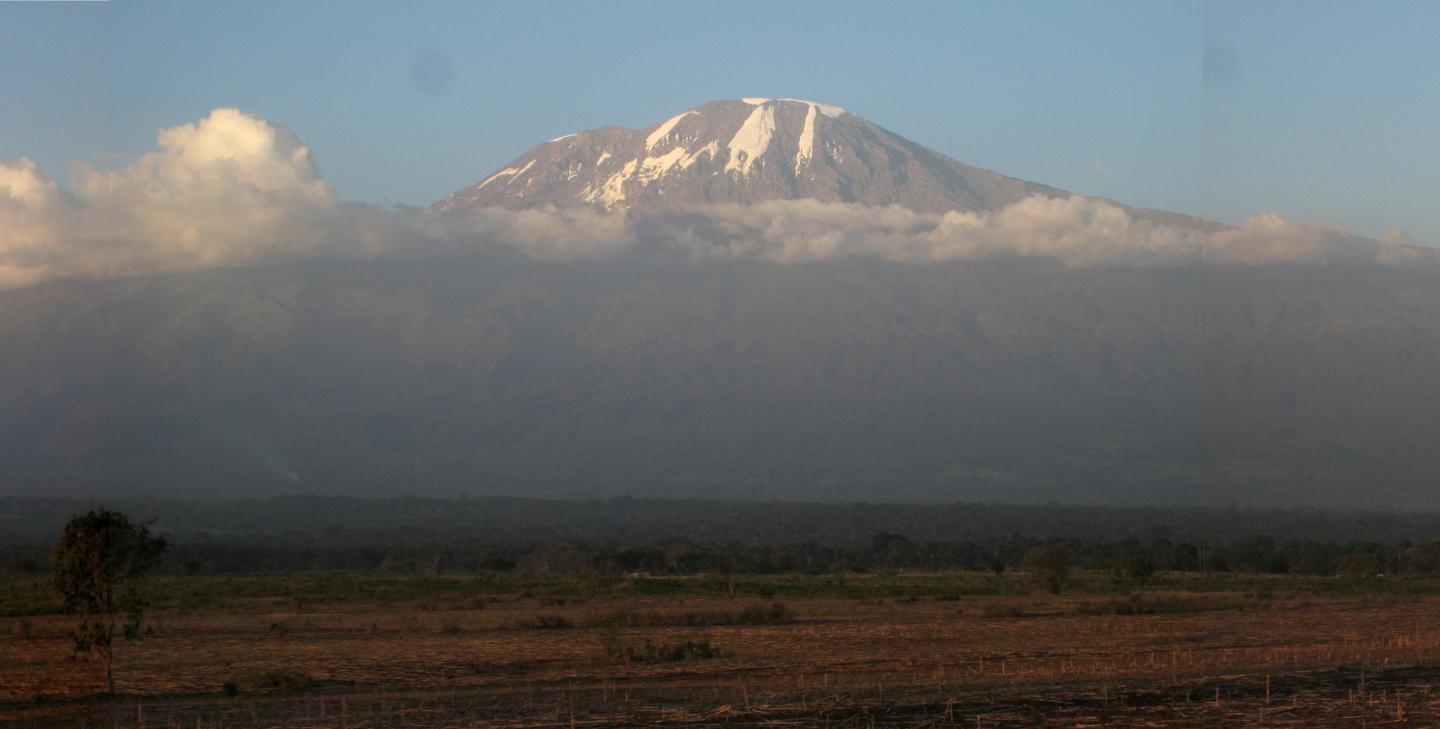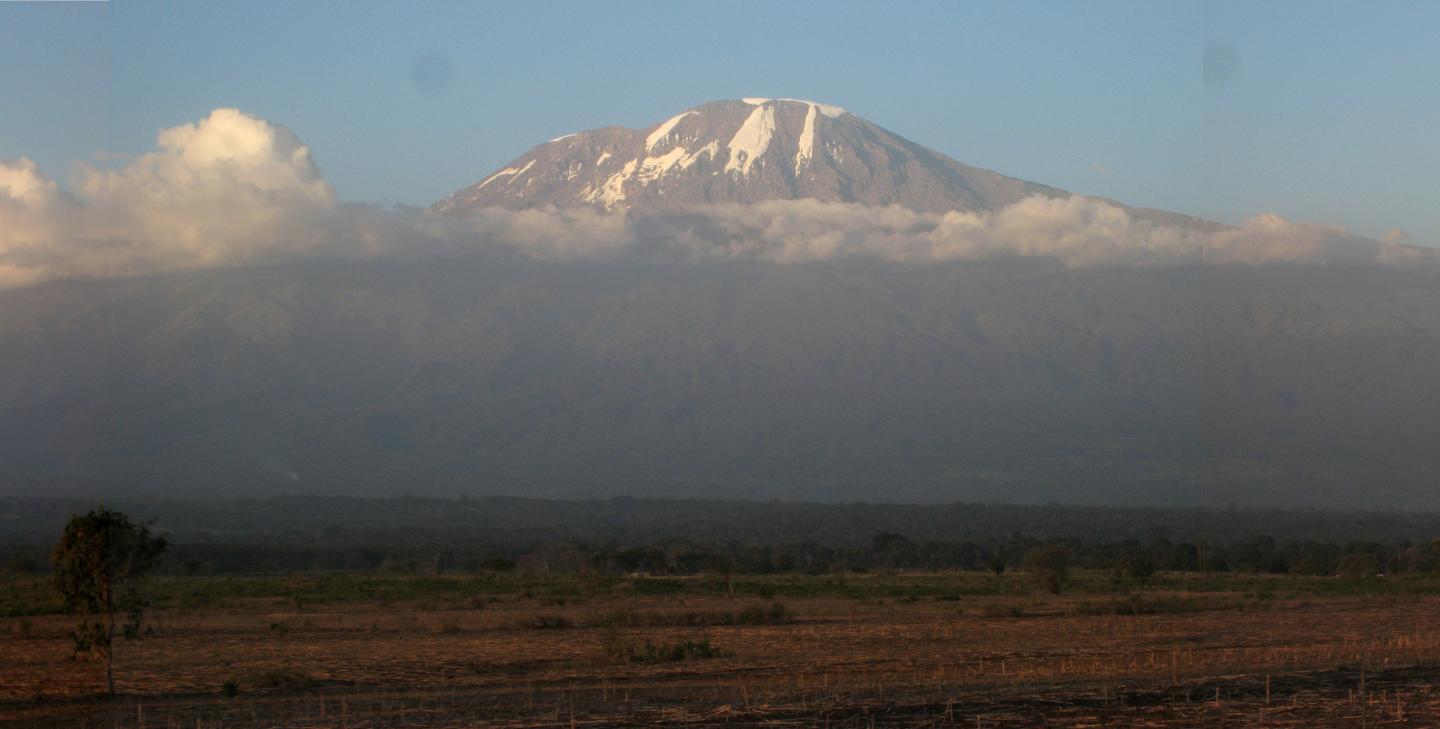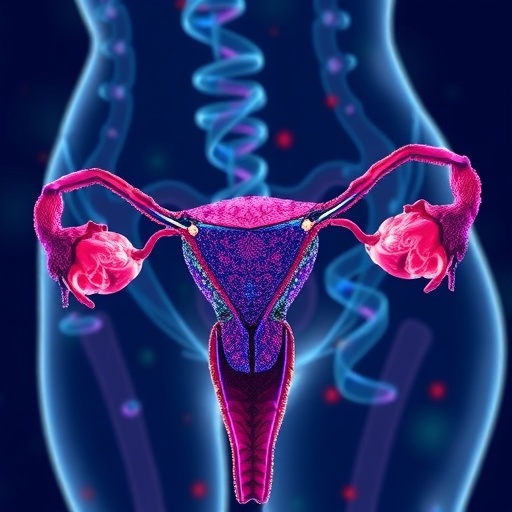
Credit: (Photo: Anna Kühnel)
The diversity of plants and animals in Earth's arctic regions is moderate. Tropical latitudes in contrast are teeming with different species where new organisms are being discovered all the time.
What is the cause of this uneven distribution? Why are the tropics home to more species than higher latitudes? "This question has intrigued ecologists for some time," says Professor Ingolf Steffan-Dewenter from the University of Würzburg's Biocenter. "Already about ten years ago, the publishers of Science declared this to be one of the 25 most important questions of science to be answered yet."
Several hypotheses circulating
To date, this core question has been subject to controversy. One hypothesis, for instance, is that the primary productivity of a habitat is ultimately decisive for the number of species living there. Simply put: "A larger cake can sustain more species than a small one," explains Würzburg ecologist Dr. Marcell Peters. Another hypothesis assumes that the rate of evolution and speciation depend on temperature. According to this assumption, more species thrive in a warmer climate than in a cold one.
So far, these hypotheses have been examined usually by focusing on selected groups of species: For example, the studies observed only birds, bees, ants or ferns and analysed their diversity in different regions of the world, e.g. in North America, Europe or along elevational gradients in the Alps. "Some studies supported one hypothesis, whereas others backed another assumption," Peters says and states that it is still a long way from establishing a "general rule" which ecologists are aiming for.
Unique study conducted at Mount Kilimanjaro
In the journal "Nature Communications" Peters and the team of the Research Unit "FOR1246" funded by the German Research Foundation (Deutsche Forschungsgemeinschaft, DFG) now present a new study which is unique so far and is the synthesis of four years of working: "On Mount Kilimanjaro, one of Earth's largest climatic gradients, we observed so many animal and plant groups in parallel as never before," the researcher says.
Overall, the team examined eight groups of plants and 17 groups of animals, from bees to bats. 38 scientists from Germany, Tanzania and other countries participated in the large-scale study; they were supported by around 50 local drivers, carriers and other assistants. "We had to climb in mountainous areas for several days to reach the highest study sites," Peters says.
The area of study stretched from the savannahs at the foot of the mountain to the habitats at an altitude of 4,550 metres that barely sustain plants. The data across all groups were collected over the same areas and in the same period of time, respectively. "This approach allowed us to not only analyse the biodiversity of each individual group, but also that of whole communities."
Diversity increases with temperature
The study revealed that biodiversity in communities is mainly determined by temperature. The warmer it is, the greater the diversity. "The more groups of animals and plants you investigate in parallel, the greater the significance of temperature for explaining biodiversity, whereas the importance of all other variables decreases accordingly."
The scientists believe that this is strong evidence supporting the assumption that temperature is actually more decisive for distribution patterns of overall biodiversity than productivity or size of habitats.
###
Media Contact
Dr. Marcell Peters
[email protected]
49-931-318-3330
@Uni_WUE
https://www.uni-wuerzburg.de/
############
Story Source: Materials provided by Scienmag





